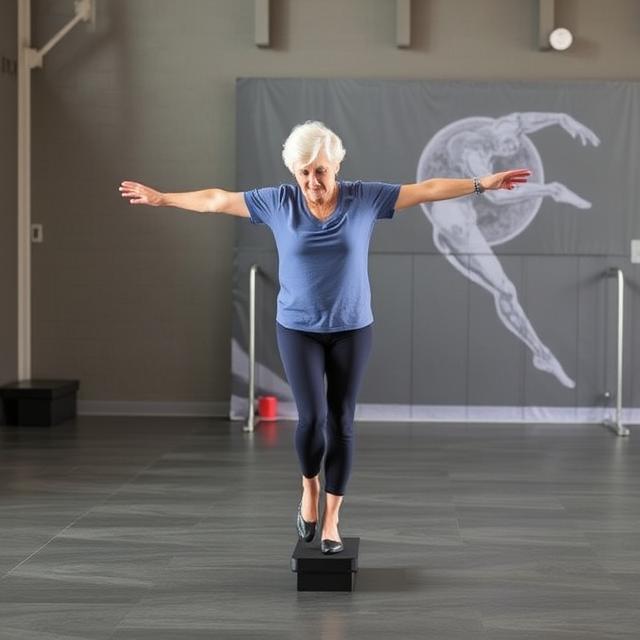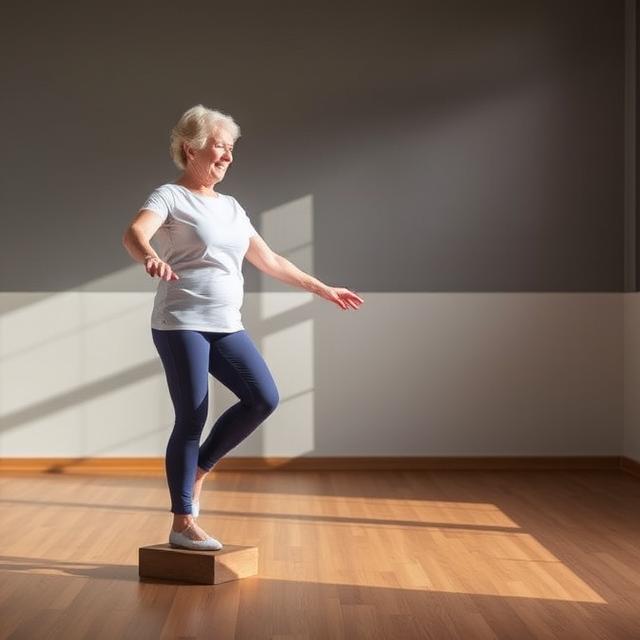As we age, maintaining balance becomes one of the most critical yet often overlooked aspects of fitness. After 50, changes in muscle strength, joint flexibility, and vision can begin to affect our stability. The risk of falls increases, and with it, the potential for serious injuries. Yet balance is far more than just avoiding accidents—it plays a key role in coordination, posture, functional movement, and overall confidence. Incorporating balance workouts into your regular routine can help preserve independence and improve quality of life in dramatic ways. Here are six incredible benefits of adding balance training after turning 50—and why it’s never too late to start.
1. Enhances Stability and Prevents Falls
One of the most immediate and obvious benefits of balance workouts is fall prevention. After 50, the body’s ability to react quickly to changes in position starts to decline. Weak stabilizing muscles, poor proprioception, and slower reflexes can all lead to trips and stumbles. Balance exercises—like single-leg stands, heel-to-toe walking, or tai chi—target the body’s internal stabilizers, improving coordination between muscles and the nervous system. These routines train your body to react faster and more effectively when you begin to lose balance, reducing the risk of falls and injuries. Falls are the leading cause of injury among older adults, and a single misstep can lead to fractures, lengthy recovery, or even permanent mobility issues. By practicing balance regularly, you’re proactively rewiring your brain-body connection, improving your reaction time, and building strength in your ankles, knees, hips, and core—all critical for stability. The result? Greater confidence when navigating stairs, uneven surfaces, and crowded spaces. Stability is freedom, and the stronger your balance, the more empowered you are to move without fear.
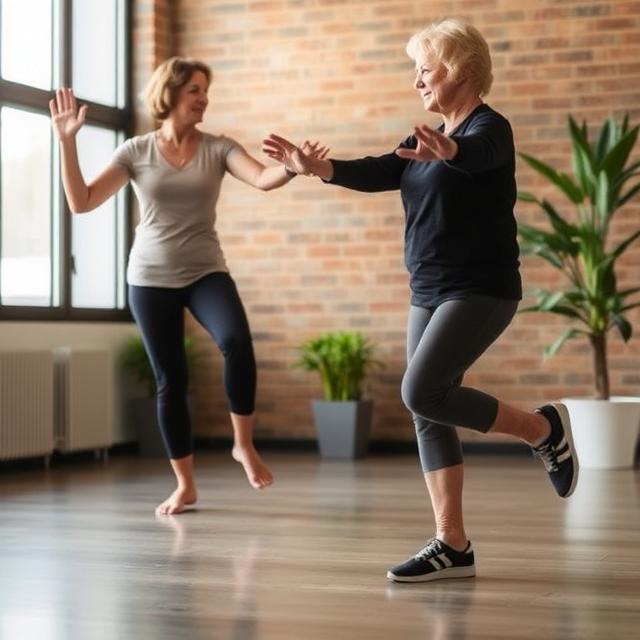
2. Strengthens Core and Lower Body Muscles
Balance training is one of the most effective ways to engage and strengthen your core and lower body muscles without the need for heavy weights or complex equipment. When you challenge your balance, your body instinctively activates the deep stabilizer muscles—particularly in your abdomen, hips, glutes, and legs—to keep you upright. These muscles often go underused in traditional strength training routines. Exercises like standing leg lifts, lunges on unstable surfaces, and even practicing yoga poses such as tree pose or warrior III, demand strong engagement of these areas. A well-conditioned core supports your spine, reduces back pain, and improves posture. Meanwhile, stronger legs and glutes help with walking, climbing stairs, and rising from chairs—activities that are crucial for daily independence. As you age, preserving muscle mass becomes essential, and balance workouts offer a safe, joint-friendly way to build strength. They can be done almost anywhere and require minimal space or equipment. Plus, because these movements often involve holding positions or moving slowly with control, they also improve muscular endurance. By integrating balance work into your routine, you’re building strength that directly supports your ability to move, live, and thrive.
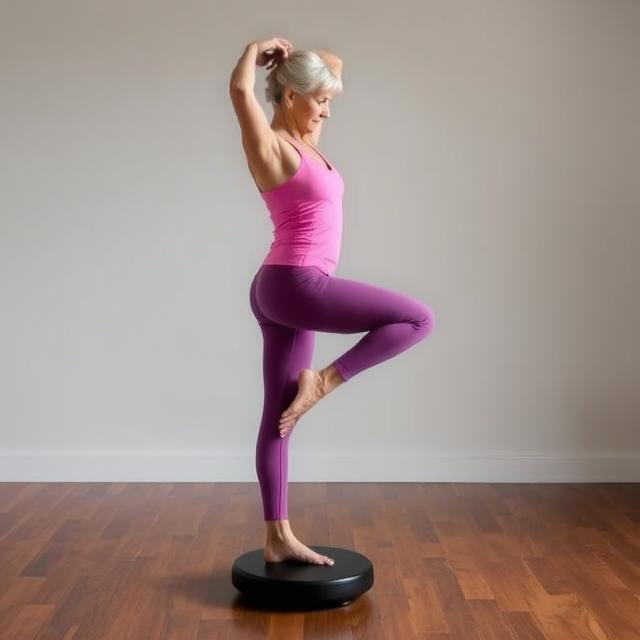
3. Improves Posture and Alignment
Poor posture is a common issue after 50, driven by years of desk jobs, tech use, or simply weakened postural muscles. Balance workouts can significantly improve posture by increasing body awareness and strengthening the muscles that support proper alignment. When you’re working to stay upright on one leg or shifting your weight in controlled ways, your spine, pelvis, and shoulders must align correctly to maintain equilibrium. This constant micro-adjustment trains your postural muscles—like your transverse abdominis, spinal erectors, and glute medius—to engage automatically. The result is better posture, even when you’re not actively thinking about it. Improved alignment reduces pressure on joints, alleviates neck and back pain, and enhances breathing by opening up the chest and allowing for full lung expansion. Better posture also contributes to a more youthful, energetic appearance. Postural awareness developed through balance exercises transfers into daily life—how you sit, stand, walk, and even sleep. Movements such as balance reaches, stability ball work, and Pilates-based training help reinforce these patterns. Over time, you’ll notice your shoulders pulled back more naturally, your spine lengthening, and your body feeling more symmetrical. It’s not just about looking upright—it’s about moving with efficiency and feeling strong from the inside out.
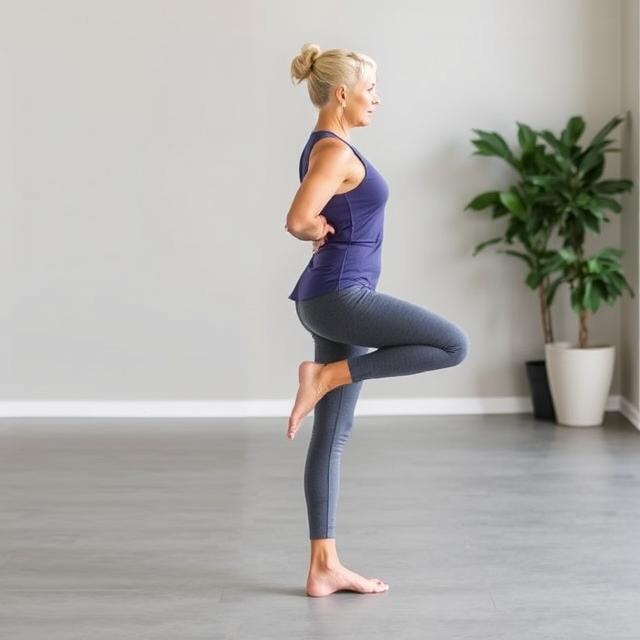
4. Boosts Brain Health and Cognitive Function
Balance training isn’t just physical—it’s neurological. Maintaining balance requires constant communication between the brain, muscles, joints, and sensory systems. Each time you challenge your balance, you’re essentially creating new neural pathways, enhancing your brain’s plasticity and responsiveness. This kind of training has been shown to improve cognitive function, especially in areas like spatial awareness, memory, and attention. For example, activities like standing on one foot with your eyes closed or performing dual-task exercises (such as counting backward while walking heel-to-toe) force the brain to multitask and adapt quickly. This improves your ability to think on your feet—literally and figuratively. For people over 50, this cognitive stimulation can be protective against age-related decline and conditions like dementia. Studies have demonstrated that balance training can enhance the brain’s executive function, the very processes that help you plan, focus, and remember. Additionally, the mindfulness required during these exercises reduces stress and promotes mental clarity. Unlike repetitive physical routines, balance work keeps your brain actively engaged. It’s a physical workout and a mental one, seamlessly combined. Adding just a few minutes of balance-focused movement daily can sharpen both body and mind, keeping you sharp, alert, and grounded at any age.
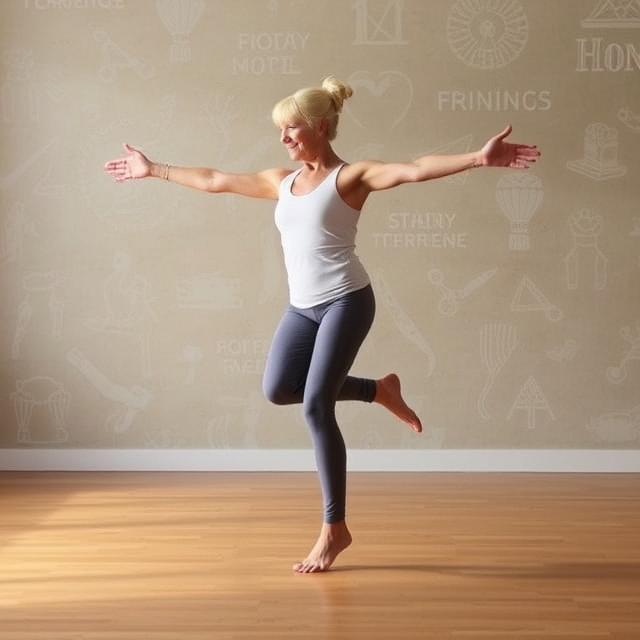
5. Increases Body Awareness and Confidence
As we grow older, we can sometimes feel disconnected from our bodies. Subtle changes in movement, slower reflexes, and decreased flexibility can chip away at self-assurance. Balance training restores that connection by enhancing proprioception—the sense of where your body is in space. Every time you shift weight, adjust for stability, or maintain a pose, you’re training your body to be more aware and responsive. This awareness leads to smoother, more coordinated movements and fewer missteps. As a result, your confidence in your body’s ability to perform daily tasks increases. You begin to trust your footing again, whether you’re walking across gravel, climbing stairs, or reaching for something overhead. This confidence can be transformative, especially if you’ve previously felt hesitant or unstable. Balance exercises also foster a greater sense of control. They challenge you to focus, engage, and respond, which in turn builds self-assurance in your physical capabilities. When you feel more stable, you’re more likely to stay active and adventurous, not retreat from new or challenging environments. Confidence isn’t just mental—it’s deeply physical. And few things build it as effectively as feeling steady on your feet, aligned in your movements, and strong in your stride.
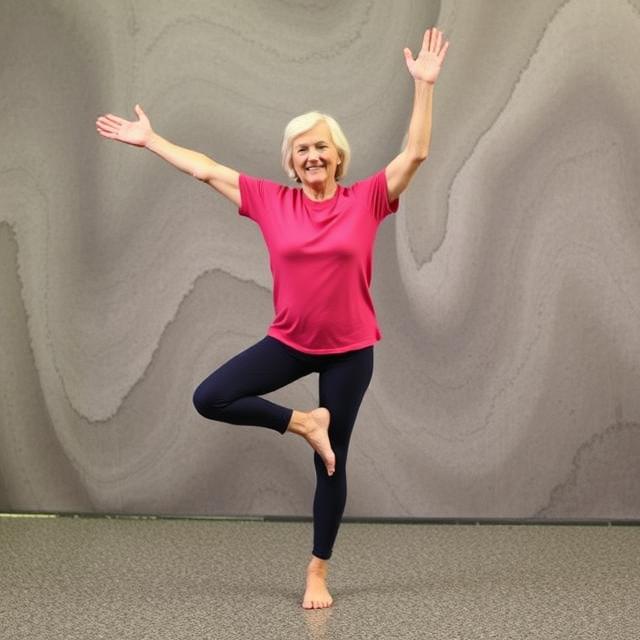
6. Supports Longevity and Independent Living
Balance training is more than just a component of fitness—it’s an investment in long-term independence. One of the biggest fears as we age is losing the ability to take care of ourselves. Balance plays a crucial role in all the functional tasks that make independent living possible: getting out of bed, using the bathroom safely, cooking, cleaning, shopping, and even walking the dog. A strong sense of balance minimizes the likelihood of falls, which are a leading cause of disability in adults over 65. But beyond fall prevention, balance workouts improve endurance, coordination, and agility—abilities that help you remain active and autonomous. They also reduce the risk of hospitalization and speed recovery if an injury does occur. Many balance routines double as mobility and strength training, offering a holistic benefit to the entire body. The earlier you start, the more these benefits compound, but it’s never too late. Even a few sessions per week can enhance your capacity to live on your own terms, maintain your hobbies, and avoid dependence on others. The goal of aging isn’t just to survive—it’s to thrive. And incorporating balance into your fitness routine is one of the most powerful, accessible ways to do exactly that.
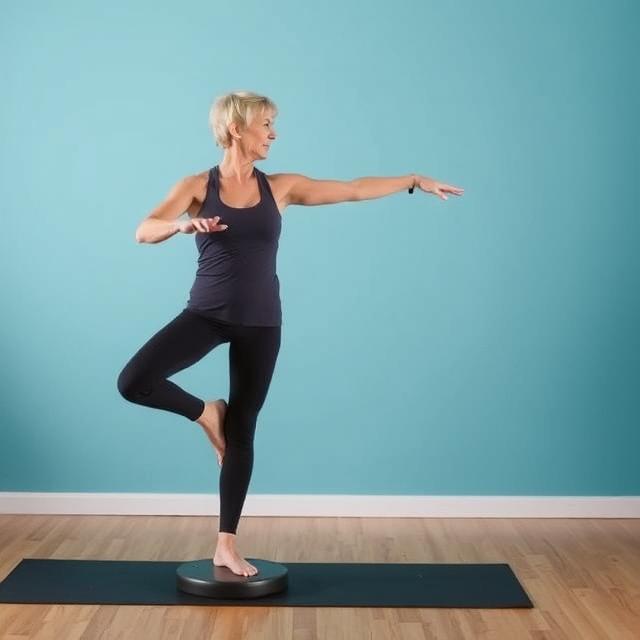
Balance is the foundation upon which all movement rests. By dedicating time to train and improve it, especially after 50, you’re reinforcing your physical safety, mental clarity, and personal freedom. Balance workouts are simple, adaptable, and profoundly effective. They help you live with less fear, more confidence, and greater resilience—physically, mentally, and emotionally. Aging gracefully doesn’t mean avoiding change; it means preparing for it with wisdom and strength. Add balance to your life, and everything else becomes more stable.
